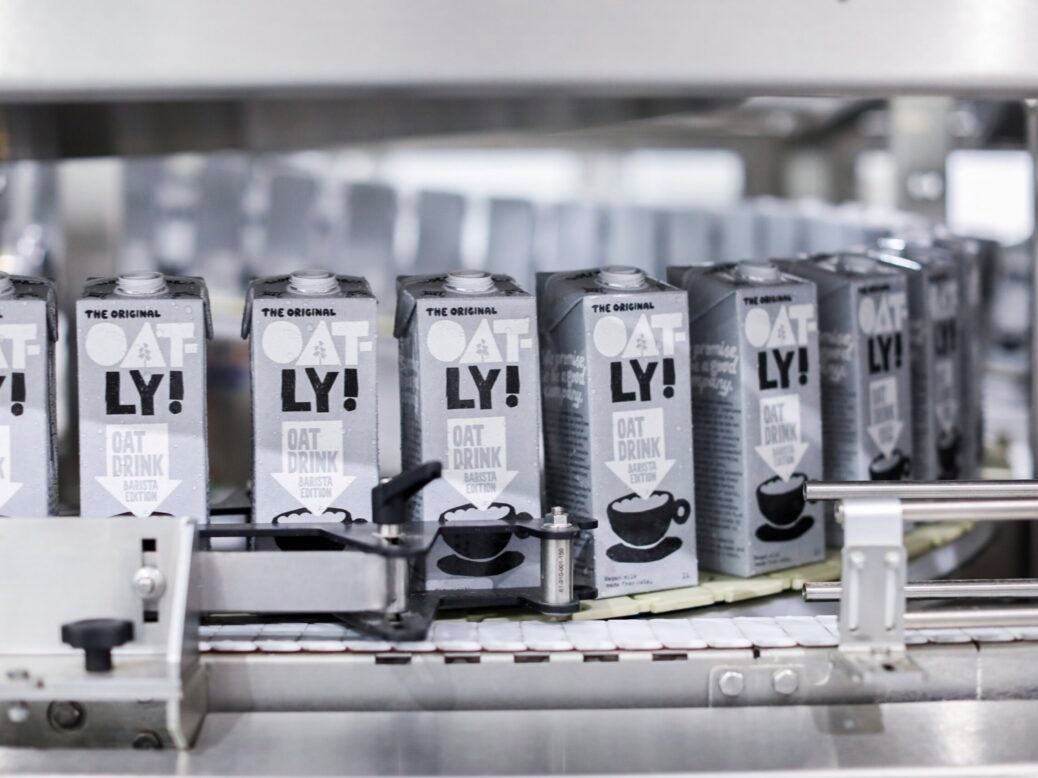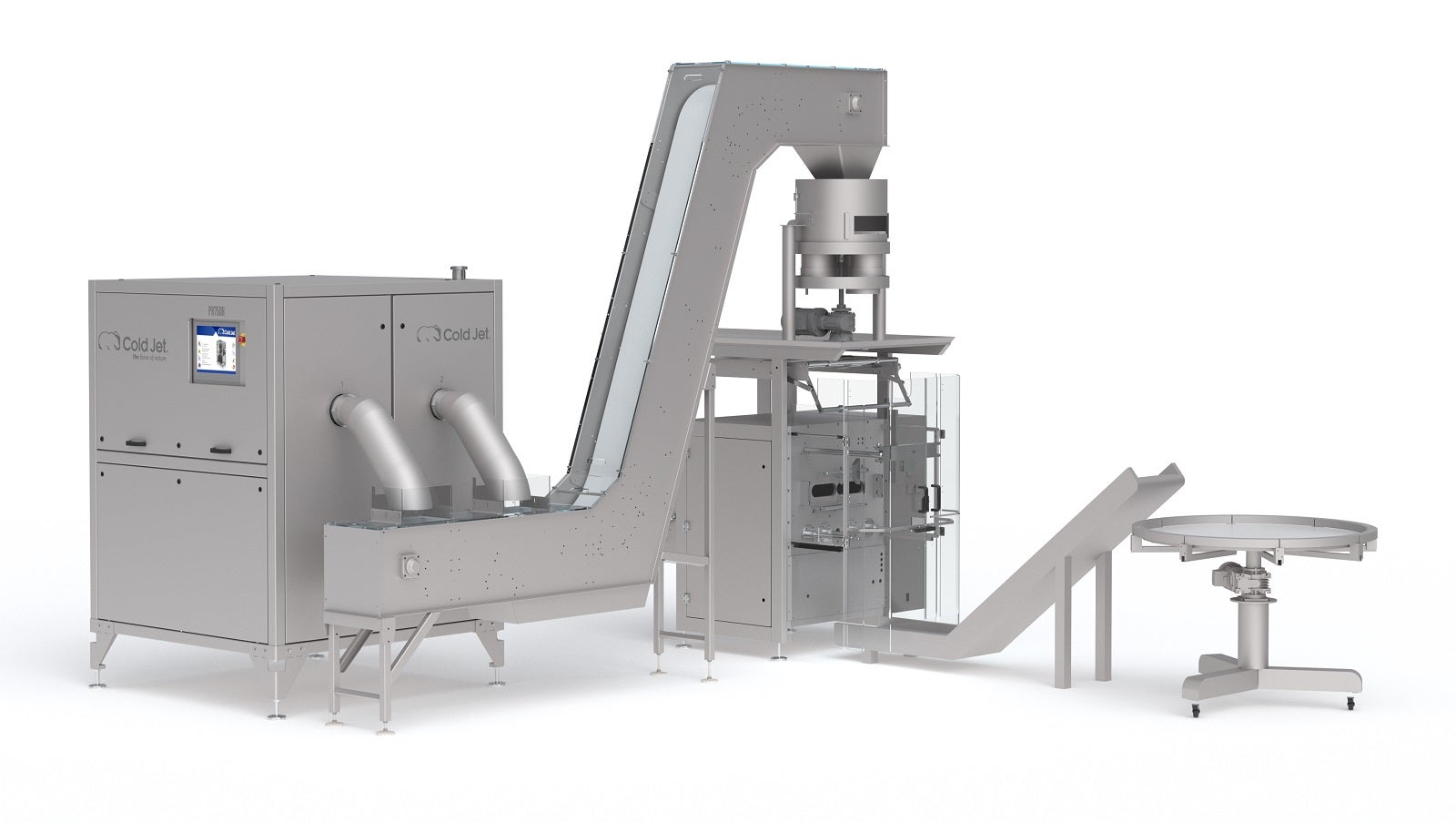
Oatly is adamant its oat-based milk drinks have proved resilient to the price increases initiated to ward off input-cost inflation.
Toni Petersson, the CEO of the Swedish milk-alternatives firm, described the demand for plant-based dairy as “very sticky” as he faced analysts’ questions in the wake of Oatly’s second-quarter results.
Analysts were eager for more detail after Petersson had noted in the earlier results commentary that the challenging operating environment was affecting the take-up rate to attract consumers to milk alternatives when many purse strings were tightening from the inflationary impact on household budgets.
“We believe the macroeconomic uncertainty has impacted the speed at which we are able to expand our distribution footprint in foodservice and new markets, and the pace at which we have been able to convert new consumers from dairy to plant-based milk is taking longer than we had hoped for and we expect this to continue for the remainder of the year,” Petersson had said.
However, the CEO implied on the analyst call that it was more about maintaining the speed of growth in oat-milk sales.
“Plant-based is very sticky. This is not about demand, this is about the pace of growth, and how fast you can recruit new consumers into the pace,” he said.
“We don’t see price elasticity due to price increases. Our velocity performance remained outstanding, and strong, and stable,” Petersson countered when asked if the price premium was a barrier for new entrants, particularly in these inflationary times.
CFO Christian Hanke clarified in his opening remarks that price increases had been “broad-based” in Oatly’s EMEA and US markets across both the retail and foodservice channels “to offset the portion of the inflation we are experiencing from raw materials, logistics, energy, and labour, globally”.
He added that another price rise was initiated on 1 August in the EMEA region on top of an increase in May, taking pricing for the year to “double digits”.
Hanke explained on the call: “We expect inflation to increase our total cost with another 5% to 6% in the coming quarters, compared to where we are today in the second quarter. We have slightly increased inflation level expectations for 2022 versus 2021, compared to where we were when we reported in our first [quarter] earnings call. Now, I would expect, on a consolidated level, low double-digits globally.”
In Petersson’s prepared comments, the CEO said Oatly continues to see “tremendous consumer demand and growth momentum, even though the massive dynamics that we face in each region are very different”, with expectations for “accelerated growth” in the second half.
He added: “In spite of these challenges and the recent change in consumer spending, the plant-based dairy category has proven to be resilient and continues to grow, reflecting how consumers have adopted our products into their everyday life. We have a long runway to expand in neighbouring markets that are ripe for disruption.”
With further pricing in Europe not ruled out, Petersson was asked how Oatly is stacking up against the competition in oat-based drinks and soy alternatives, after Hanke had stated the business remains “a market leader with [a] clear velocity of performance against our competitors” across its “key” markets.
“First of all, no increased price elasticity due to the price increases that we made in Europe. And also, the relative price gap between us and the competition is overall the same. So nothing has really changed from that perspective,” he said. “I think our position has remained extremely strong, especially in Europe, through this turmoil.”
Oatly has cut its full-year sales outlook due to the challenges, after reporting second-quarter revenue of US$178m. But the Malmo-based business remains loss-making, with a $72m loss, wider than $59.1m a year earlier.
Noting the other market challenges – foreign-currency rates, the war in Ukraine, and the ongoing impact from supply chain constraints related to the pandemic, particularly in Asia – revenue for the year through December is now expected at $800-830m, representing growth of 24% to 29% over 2021.
On a constant-currency basis, the company expects $835-865m, an increase of 30% to 34%.
At the time of the first-quarter numbers in April, Oatly was targeting $880-920m, or 37-43% growth.
Despite Oatly’s stated position against the competition, Hanke said on the call: “Given the many uncertainties in the macro environment in EMEA, ranging from the war in Ukraine, to rising inflation, and interest rates, and changing retail dynamics, we are taking a more cautious approach in our outlook for the remainder of the year.”



